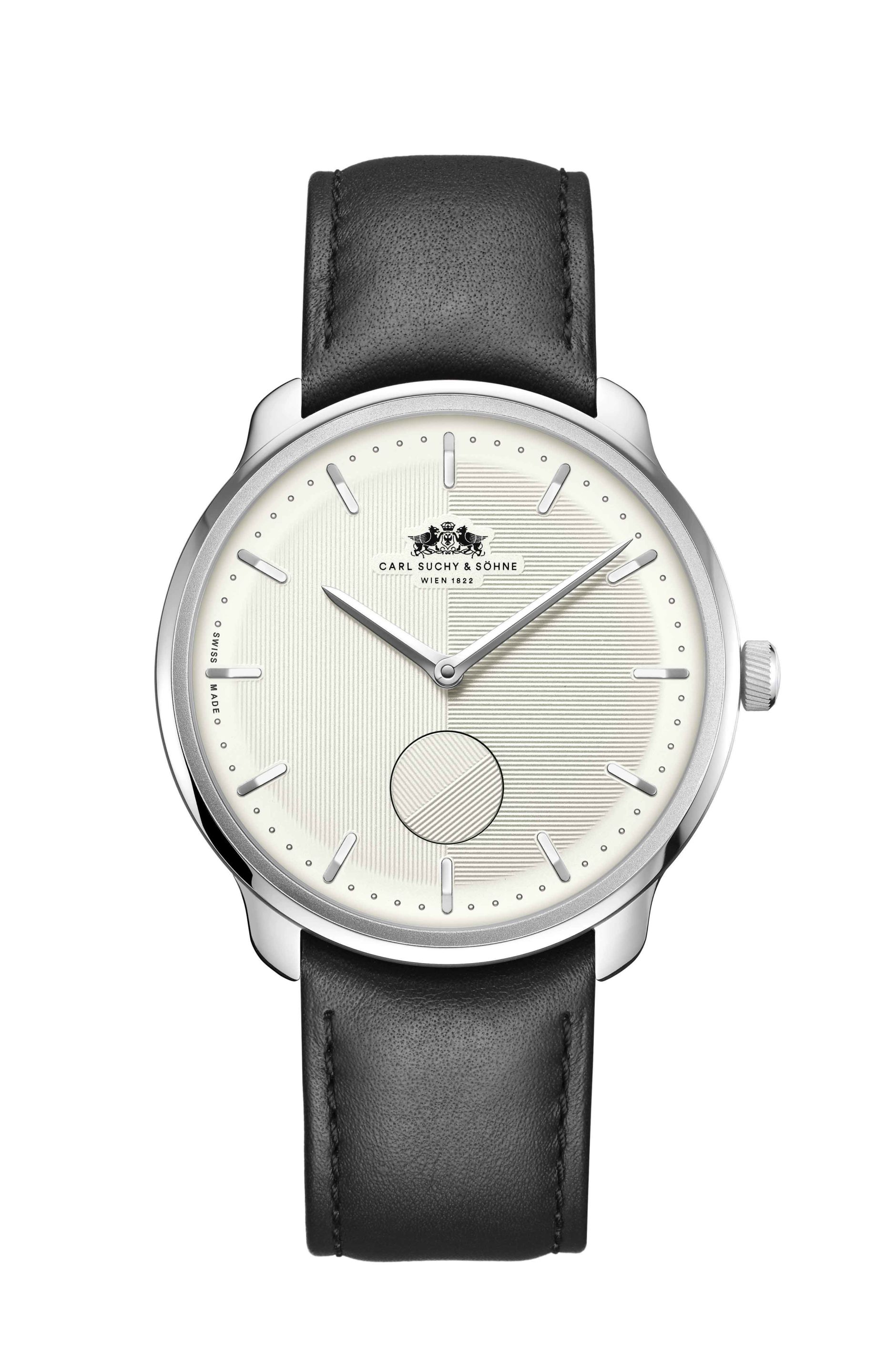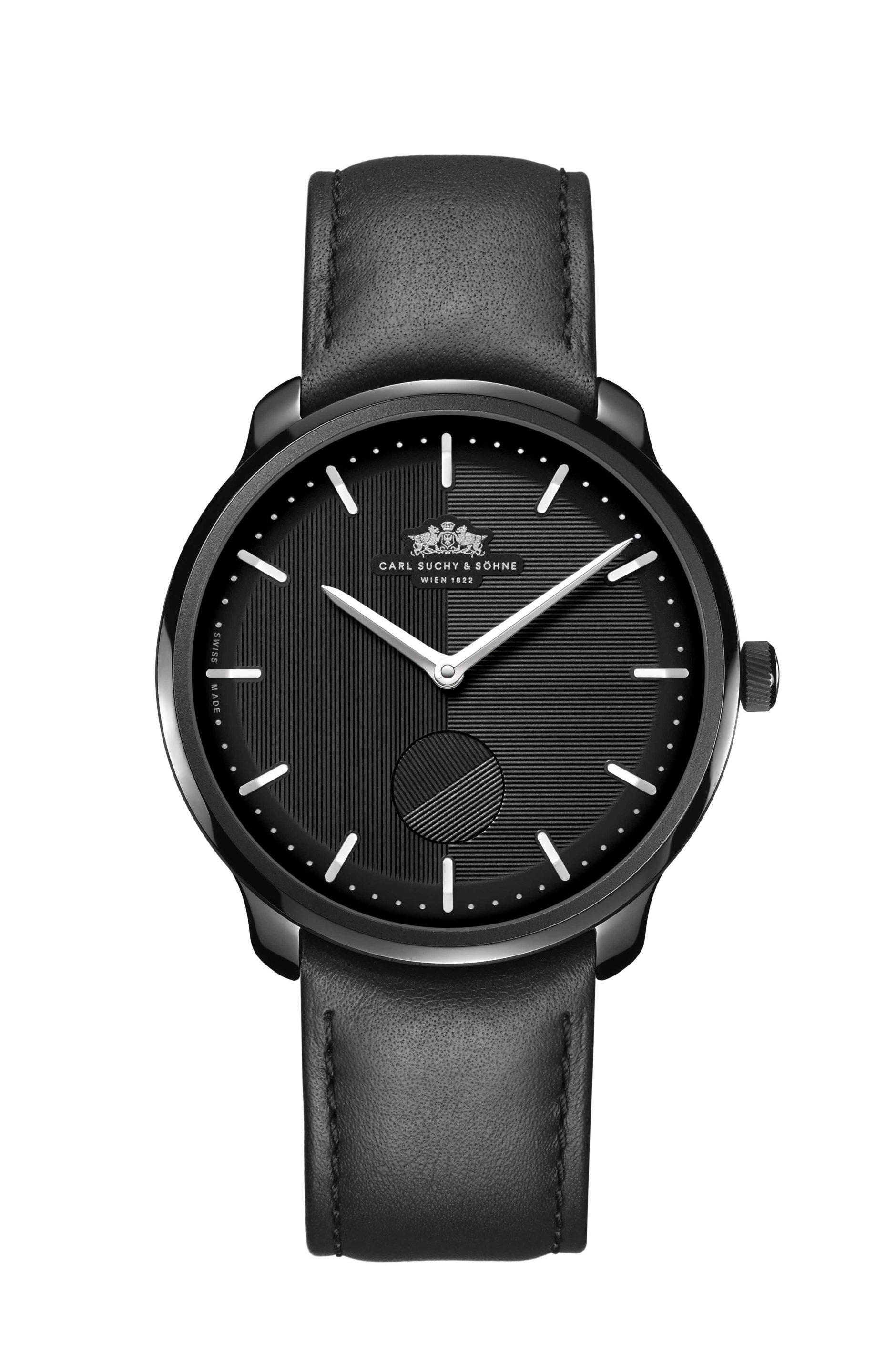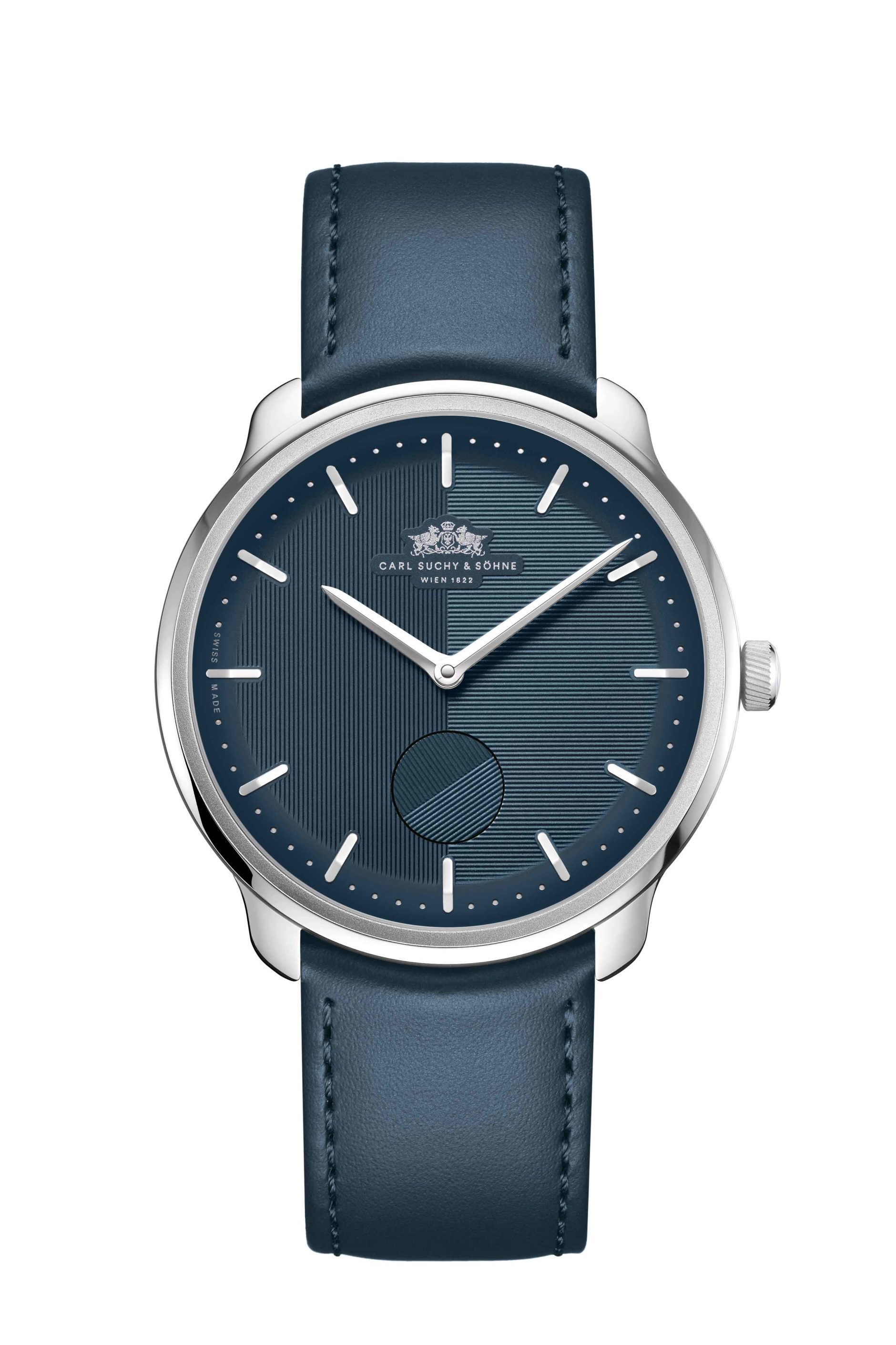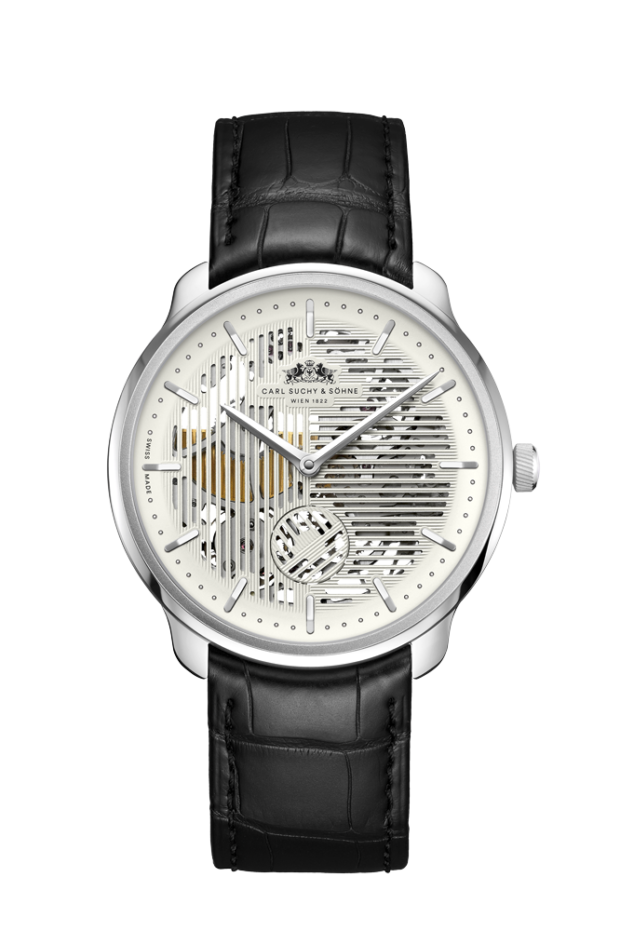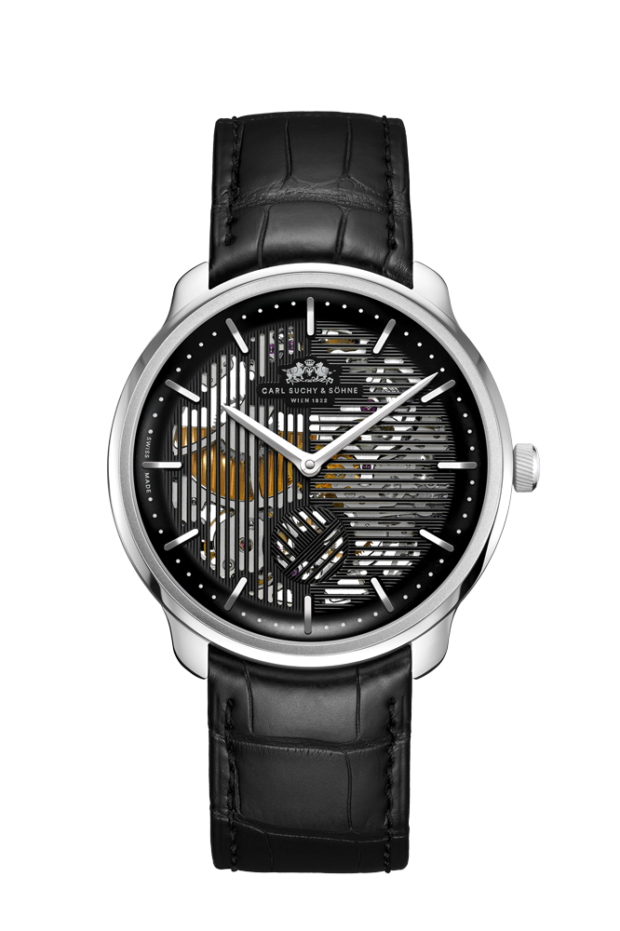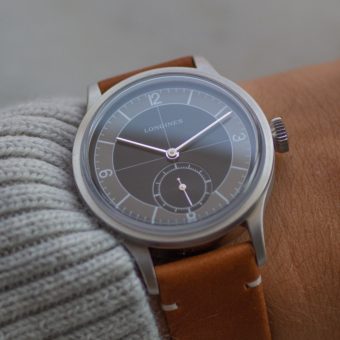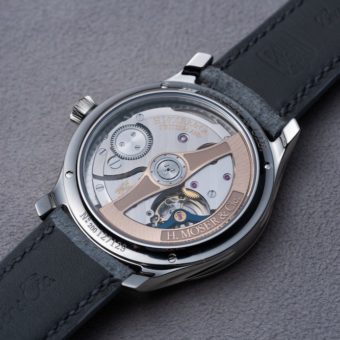Austria, despite its envy-inducing location on the border of Switzerland and Germany, isn’t home to as many prestigious watchmakers as you might think. In fact, other than the husband and wife duo that forms the independent brand Habring², there hasn’t been much horological activity in the country over the past few decades.
That changed in 2016 when the renowned independent watchmaker Marc Jenni helped revive a 196-year-old brand named Carl Suchy & Söhne with the help of Robert Punkenhofer, an authoritative figure in the worlds of art and design and the former Austrian Trade Commissioner, who serves as the historical brand’s CEO.
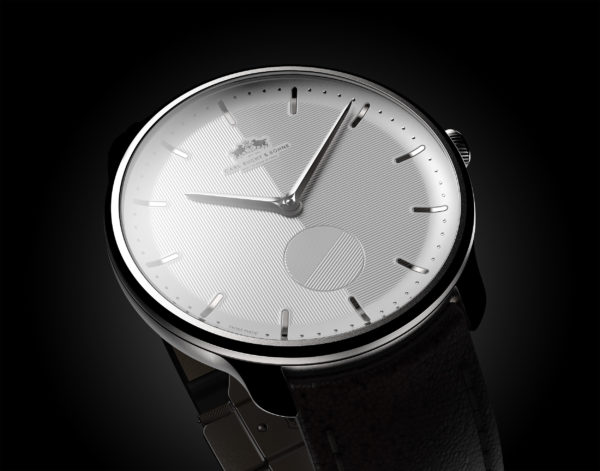
Founded in 1822 by the young Austrian watchmaker Carl Suchy, the watch firm had an impressive reach and became the official timepiece supplier to the Imperial Court in 1835 and the first Watch Purveyor to the Royal and Imperial Court in 1844. For close to 100 years, Suchy and his 35 employees served members of the Habsburg aristocracy such as Emperor Franz Joseph, Empress Sisi, and Sigmund Freud. However, when the Austro-Hungarian Empire dissolved amid the fallout of World War I, so did the once-eminent watchmaker.
In the 100 years since World War I, Carl Suchy remained an imposing figure in the horological mythos of Austria, but his influence outside of his homeland, despite maintaining a branch in La Chaux-de-Fonds during his lifetime, dissipated. That is until Punkenhofer and Jenni revived the brand in 2016 and showcased its first watch, the Waltz N°1, during Baselworld 2017.
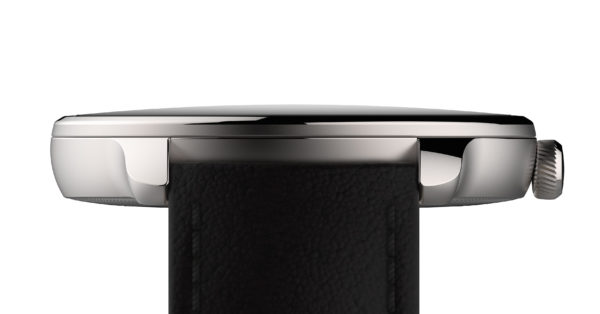
Designed in collaboration with Swiss designer Miloš Ristin, Austrian designer Reinhard Steger, and Punkenhofer himself, the Waltz N°1 features a captivating dial that mimics the fine movement of the dance.
Guilloché-inspired vertical lines dominate the left half of the dial while horizontal lines take up the right. The small seconds subdial features one of the more inventive design applications I’ve ever seen in the watch world. There’s no seconds hand or indicator of any kind; instead, the watch features a mirrored version of the dial that Punkenhofer calls a “Waltzing Disk” with the horizontal/vertical split that does a full rotation every 60 seconds.
This rotating “Waltzing Disk” enhances the already-present juxtaposition of the horizontal and vertical lines and challenges the traditional ways we process the passing of the seconds. On a normal seconds subdial, there would be, of course, a single seconds hand that rotates every 60 seconds. The same is true on the Waltz N°1 other than the fact that there is no hand, only the divide between the horizontal and vertical lines. You can tell a full minute has passed when the stamped guilloché pattern matches its surrounding dial layout.
It’s a concept that could have turned out poorly, but thanks to the minimalist sensibilities of the Carl Suchy team, the watch’s dial stands out amid the crowd of “design-friendly” timepieces that look like they were created on the MacBook of an undergraduate learning Adobe Illustrator.
Other successful design notes that help tie the whole watch together include the dotted minute indices and slight vertical sloping of the dial on the outside of the hour and minute markers. The Dauphine-esque hour hands are also faceted, created another angle to play with on the watch’s face.
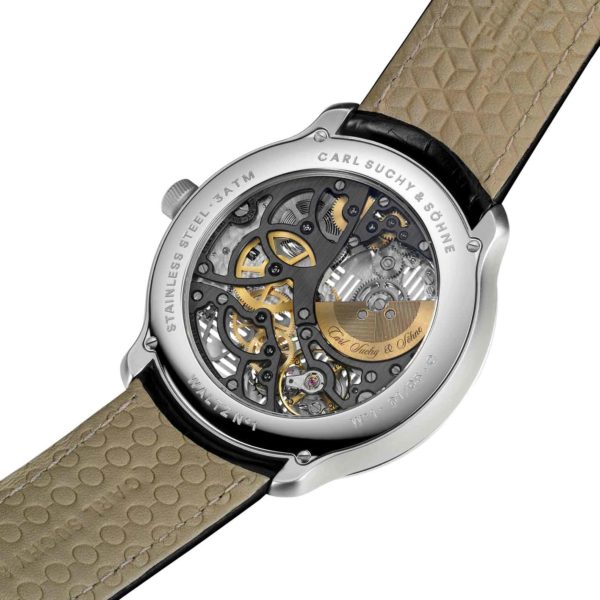
Punkenhofer says the watch was inspired by the fine lines of Viennese Modernism, notably the work of Alred Loos who “was among the first to reject ornamentation and give priority to proportions and volume.” The Waltz N°1 is indeed reflective of that conceit and is able to balance its level of design panache with an emotive portrayal of time.
Inside the 41.5 by 9.3 mm polished steel case is the VMF 5401 caliber, an automatic movement from Vaucher Manufacture Fleurier. Vaucher is an important movement producer in the Swiss watch scene notable for its work with Parmigiani Fleurier and Richard Mille. After production at Vaucher, the watches are sent to Marc Jenni’s Nobletime workshop in Zurich where he modifies each movement to include the “Waltzing Disk” before final assembly happens in Vienna. The caliber is viewable through an exhibition caseback and features a gold-plated micro-rotor. It boasts a 48-hour power reserve.
The Carl Suchy & Söhne Waltz N°1 comes in either silver, black, or blue and is priced at CHF 8500, approximately $8,530 USD at the time of publishing.
At Baselworld 2018, Carl Suchy & Söhne kept form and released a skeletonized version of the Waltz N°1 in black and in white that maintains the same identity of the first series except for an open view of the Vaucher movement where the guilloché-inspired lines once were.

